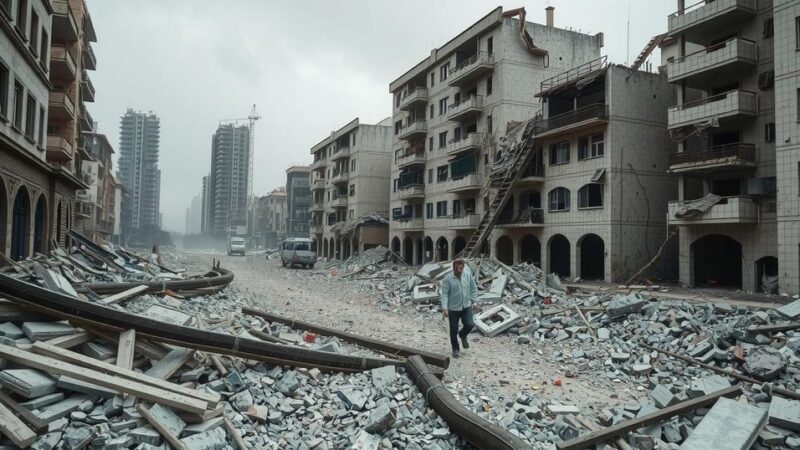This technical brief outlines key messages to enhance the discourse on human mobility within the COP29 negotiations. It presents critical areas for integration, including climate finance, adaptation strategies, and national contributions, emphasizing the urgency of addressing human mobility in the context of climate change.
The document presents essential messages aimed at promoting the integration of human mobility into the agenda of COP29 deliberations in Baku, Azerbaijan. The collaborative work of civil society and UN partners emphasizes key facets of human migration related to climate change. It outlines strategic areas for discussion, including how human mobility intersects with climate finance, loss and damage funding, adaptation goals, and national plans, seeking to ensure that these essential elements are addressed comprehensively in negotiations.
As climate change continues to exacerbate environmental conditions, it increasingly influences human mobility, causing individuals and communities to migrate or be displaced. Recognizing this phenomenon is critical in global climate discussions, particularly within the framework of the United Nations Framework Convention on Climate Change (UNFCCC). The key themes of the COP29 negotiations focus on ensuring human mobility is adequately framed within the context of climate impacts and financing mechanisms. The collaborative effort of various UN and civil society groups aims to enhance the visibility and importance of these issues in international negotiations.
In conclusion, the Pointers and Key Messages on Human Mobility for COP29 emphasize the need for integrating human mobility into climate-related discussions. By addressing crucial themes such as financial support for loss and damage, adaptation measures, and national plans, the document advocates for a comprehensive approach to mitigate the adverse effects of climate change on human movement. Ensuring these aspects are highlighted will be vital to formulating effective climate policies that recognize and respond to the realities of human mobility.
Original Source: www.lossanddamagecollaboration.org






